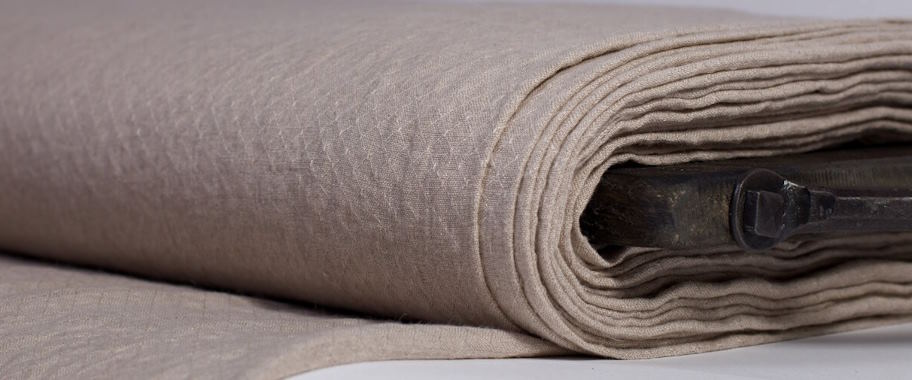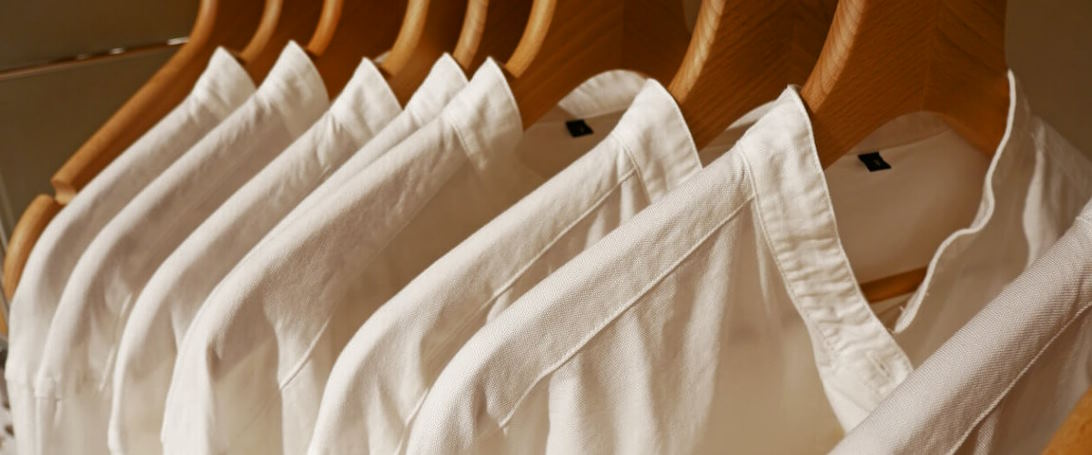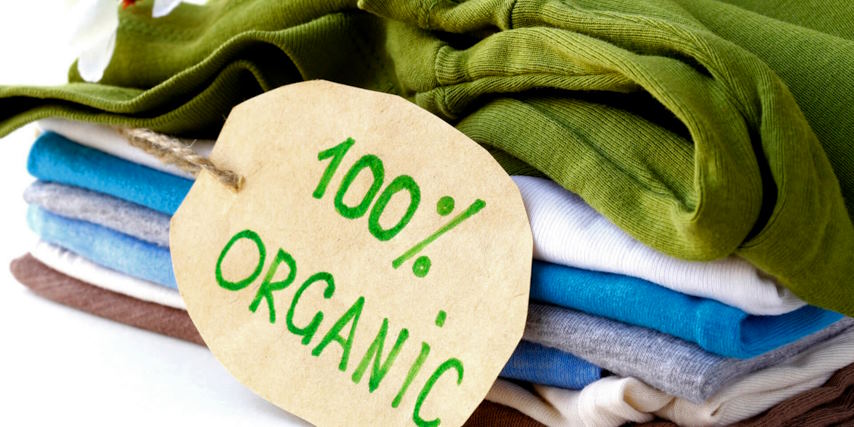Fashion is an ever-evolving industry, constantly presenting us with new trends, styles, and choices. There has been a significant shift towards eco-friendly clothing in recent years, driven by growing environmental concerns and ethical production practices. However, as this movement gains momentum, a pertinent question arises: is eco-friendly clothing truly better than traditional clothing? Does its sustainable reputation outweigh any potential drawbacks?
What do eco-friendly clothes mean?
Eco-friendly clothes, also known as sustainable or environmentally friendly clothing, are garments designed and produced with a focus on minimizing their negative impact on the environment and promoting ethical practices throughout the supply chain. These clothes are created using materials and production methods that prioritize sustainability, social responsibility, and ecological conservation.
When it comes to materials, eco-friendly clothing often utilizes sustainable fabrics such as organic cotton, hemp, linen, or bamboo. These materials are grown without the use of harmful pesticides or genetically modified organisms (GMOs) and require less water and energy compared to conventional fabrics. Additionally, recycled materials, such as recycled polyester or regenerated fibers made from post-consumer waste, are commonly used to reduce resource consumption and waste.
In terms of production, eco-friendly clothing focuses on minimizing pollution, reducing energy consumption, and promoting fair labor practices. It includes utilizing eco-conscious manufacturing processes, such as waterless or low-water dyeing techniques, energy-efficient machinery, and responsible waste management. In addition, ethical considerations involve ensuring safe working conditions, fair wages, and the absence of exploitative labor practices throughout the supply chain.

What are the disadvantages of eco-friendly clothes?
While eco-friendly clothes are often celebrated for their positive impact on the environment and ethical production practices, it is essential to acknowledge that they are not without their challenges and potential disadvantages. Here are some drawbacks associated with eco-friendly clothing:
Higher price point
One of the primary concerns with eco-friendly clothes is their relatively higher cost compared to traditional clothing. The use of sustainable materials, ethical production processes, and smaller-scale production can result in increased manufacturing expenses, which are often passed on to consumers. This higher price point can make eco-friendly clothing less accessible to budget-conscious shoppers.

Limited style options
Another potential disadvantage is the perception that eco-friendly clothing may have limited style options. While sustainable fashion has made significant strides in recent years, some individuals still associate it with a more niche or bohemian aesthetic. This perception may deter those seeking a broader range of styles or trend-driven pieces.
Trade-offs in performance
Certain sustainable materials may have different performance characteristics compared to conventional fabrics. For example, some eco-friendly fabrics may be less durable or more prone to wrinkling. As a result, it can impact the longevity and wearability of the garments, potentially requiring more frequent replacements.
It’s important to note that as the demand for eco-friendly clothing grows, brands are working towards addressing these disadvantages and making sustainable fashion more inclusive, affordable, and diverse. However, the current limitations should be acknowledged to provide a balanced perspective on eco-friendly clothing’s impact on individuals.




